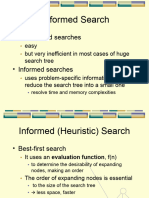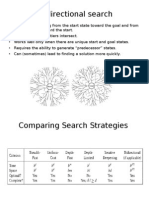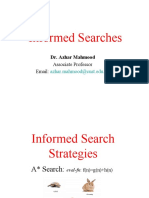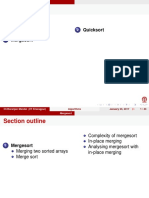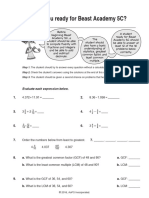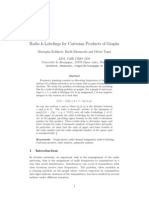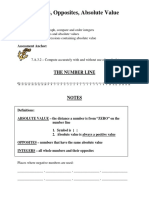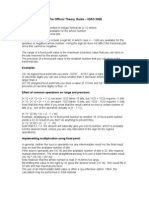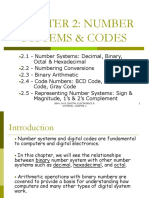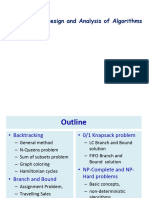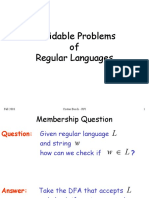0% found this document useful (0 votes)
40 views61 pages03 Hsearch
The document discusses informed search algorithms and how they differ from blind search. It covers best-first search, greedy best-first search, A* search, admissible and consistent heuristics, and how A* search guarantees optimal solutions when using an admissible heuristic.
Uploaded by
himawari.learner007Copyright
© © All Rights Reserved
We take content rights seriously. If you suspect this is your content, claim it here.
Available Formats
Download as PDF, TXT or read online on Scribd
0% found this document useful (0 votes)
40 views61 pages03 Hsearch
The document discusses informed search algorithms and how they differ from blind search. It covers best-first search, greedy best-first search, A* search, admissible and consistent heuristics, and how A* search guarantees optimal solutions when using an admissible heuristic.
Uploaded by
himawari.learner007Copyright
© © All Rights Reserved
We take content rights seriously. If you suspect this is your content, claim it here.
Available Formats
Download as PDF, TXT or read online on Scribd
/ 61












